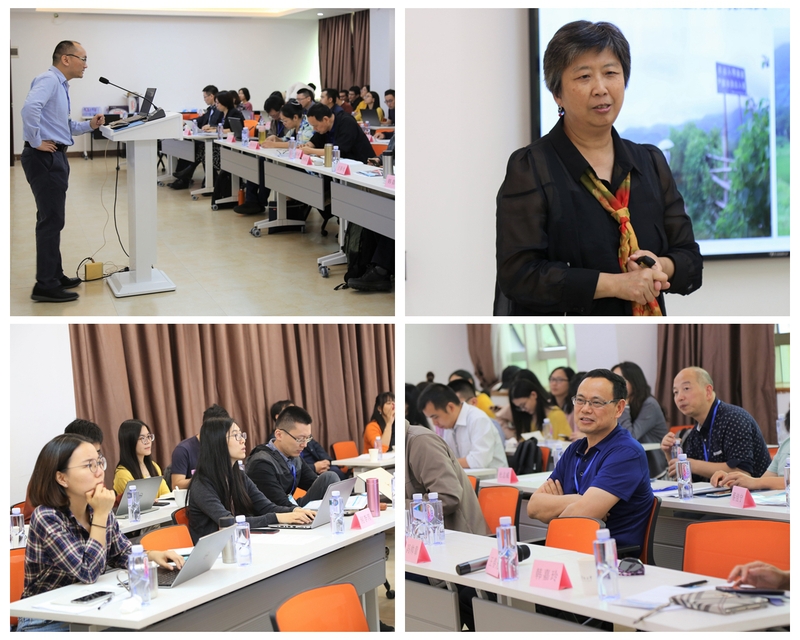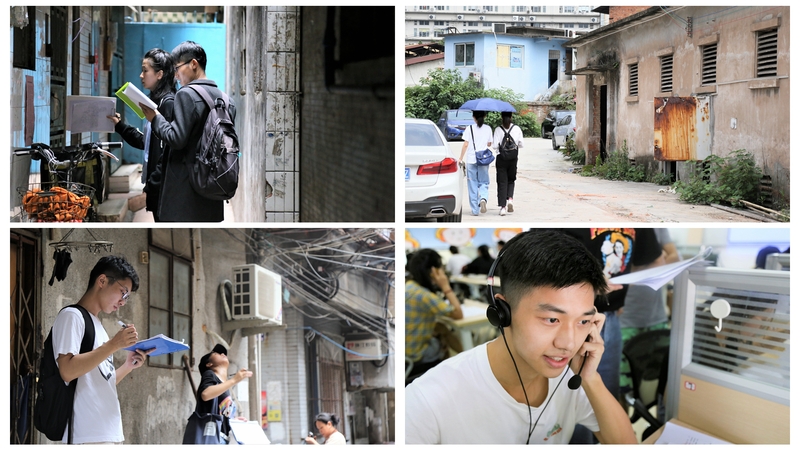Jointly organized by IESR and the Population Association of China – the largest academic association for the research on population and development in the country – the Workshop on Rural-Urban Migrants: New City Residents brought together scholars to share their latest research and insight on rural-urban migration, one of the key issues seen in today's China due to its rapidly increasing scale. The workshop took place here at our institute in Guangzhou on November 15-16, 2019.
Scholars gathered from various organizations and universities in the region (Chinese Academy of Social Sciences, Guangdong Migrant Population and Family Planning Office, China Population and Development Research Center, Hong Kong University, etc.), all representing a range of academic areas and thus fueling an interdisciplinary discussion on the issue.
2-days workshop saw a heated discussion that examined the topic from a variety of angles like urbanization policy, local labor market, health care system, education, and many others. The discussion generated some important understandings as well as recommendations that could have significant policy implications on improving the wellbeing of rural migrants.

A few moments from the workshop
IESR scholars have been deeply invested in the issue for a while now. Survey Data Center (SDC), affiliated to our institute, has been carrying out two survey projects related to the topic, hoping to provide sufficient data on migrants and therefore facilitate so-needed research.
Rural–Urban Migration in China (RUMiC)
Initiated by Prof. Meng Xin (Australian National University) in 2006, RUMiC aims to understand the institutional barriers restricting rural-to-urban migration and the factors that could improve rural migrants’ living conditions. SDC has been conducting this project independently since 2017.
RUMiC is a longitudinal survey which is conducted every year. It has been collecting data about migrants’ health, education, employment, social networks, household income and expenditure, housing conditions, and their place of origin. The annual sample size is 5,000 migrant households residing in 15 cities across 9 major provinces that have the highest-scale of rural to urban migration (i.e. Guangzhou, Dongguan, Shenzhen, Zhengzhou, Luoyang, Chongqing, Shanghai, Nanjing, Wuxi, Hangzhou, Ningbo, Wuhan, Chengdu, Hefei and Bengbu).
Guangdong Migration Survey (GMS)
It is a longitudinal household survey that aims to get a better understanding of the immigrant assimilation in the urban areas of Guangdong province by oversampling and comparing the households of migrants and local residents.
Given the increasing scale of urban to urban migration, GMS covers both rural-urban and urban-urban migrants. In addition, the survey pays particular attention to the migrants living in urban villages – a widely prevalent phenomenon in Guangdong province that provides cheap housing to relatively unskilled migrants as well as abundant labor to the service and labor-intensive industries nearby. Due to the difficulties in constructing the sampling frame, to date, there is no household survey containing enough observations of these migrants and therefore the living conditions and residential dynamics are still unknown. To fill this gap, SDC has already completed the pilot of constructing the sampling frame in 2019.
 Survey Data Center's survey projects
Survey Data Center's survey projects
Aside from these, SDC has been carying other survey projects as well:
Thousand-Village Survey in Guangdong
Longitudinal Study of Children’s Development in Mianzhu (LSCD)
Guangdong Manufacturing Enterprise Total Factor Productivity Survey (GDMFS)
China Household Employment Survey (CHES)


